In 2019, ubiquitous Japanese curry house chain CoCo Ichibanya restaurant announced plans to bring its popular “curry rice” to India in 2020.
It might seem counter-intuitive to eat CoCo Ichibanya’s relatively mild, sweet Japanese dish in the land of curry.
But the move underscores the sheer variety and complexity of curry – a word that’s long been misunderstood.
Curry is not a single spice, nor is it related to the namesake curry tree (though the leaves are used in many dishes in India).
The catch-all umbrella term refers to a “spiced meat, fish or vegetable stew,” either freshly prepared as a powder or spice paste or purchased as a ready-made mixture,” writes Colleen Sen in her book “Curry: A Global History.”
According to Sen’s book, the word curry most likely comes from a misunderstanding of the southern Indian word “kari,” which “denoted a spiced dish of sauteed vegetables and meat.”
“In the 17th century, the Portuguese [who colonized Goa in western India] took the word to mean a ‘spiced stew’ over rice and ‘kari’ eventually became ‘caril’ or ‘caree’ in Portuguese, then ‘curry’ in English,” Sen tells CNN Travel.
Curry, which is thought to have originated as early as 2500 BCE in what is modern-day Pakistan, has since evolved into a truly global food, having traveled the world through colonization and immigration, indentured labor, trade and entrepreneurship.
Today, curry is everywhere, from chicken tikka masala in the UK to fiery green curry in Thailand, kare raisu in Japan and curry goat in Jamaica.
“I don’t think there’s a place in the world that doesn’t have some kind of curry,” says Sen.
If you’re a curry lover, follow your cravings around the world by heading to these 12 destinations:
India
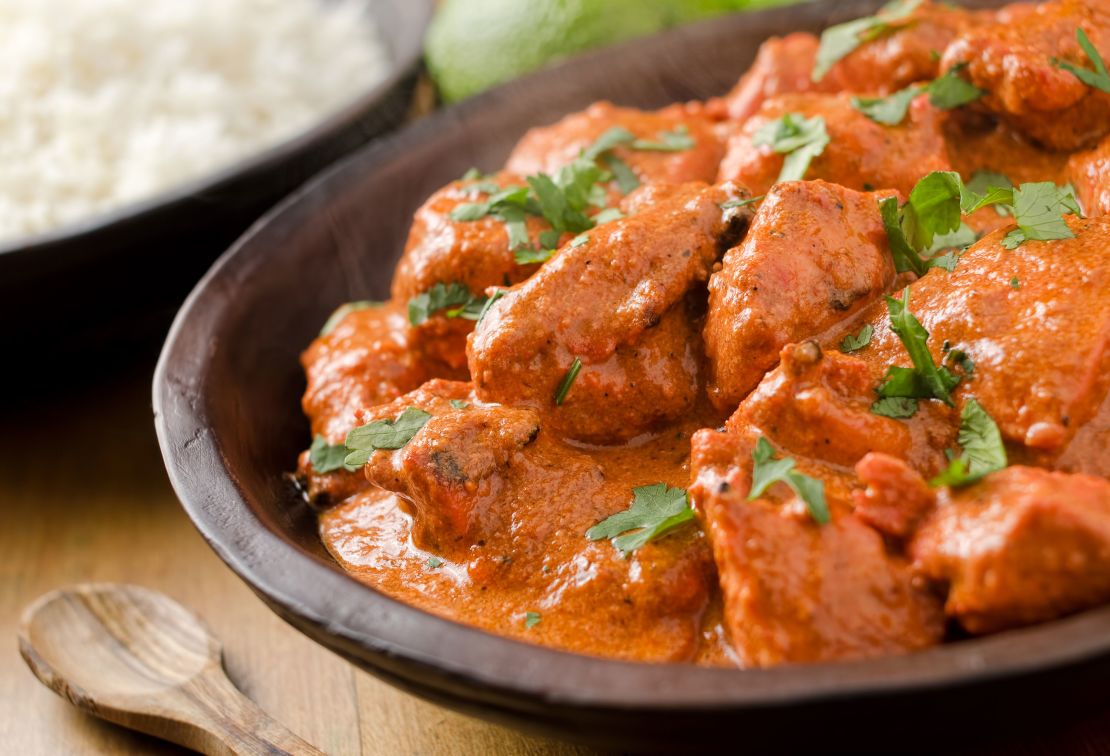
Indian cuisine is incredibly diverse and complex, with local specialties and traditions varying from state to state and community to community.
It’s impossible to sum up India’s various “curries” in a few lines. But if there’s one dish that can be found on menus across the country, it’d be murgh makhani – better known around the world as butter chicken.
This famous dish – created by chef and restaurateur Kundan Lal Gujral in New Delhi in 1948 – stars yogurt-marinated chicken baked in a tandoor oven, then smothered in a rich creamy sauce of tomatoes, onions and spices.
Vindaloo is another famous export and a must-try when in its hometown of Goa. Derived from the Portuguese phrase, “vinha d’alhos” (meaning meat marinated in garlic and wine vinegar), this hot and spicy dish is traditionally made with pork, vinegar, tomato, onion, red chillies, garlic and a complicated spice mix.
Other delicious curry dishes include: Fragrant, creamy korma (a once imperial Mughal dish made with a yogurt sauce, turmeric and nut paste); rogan josh (an aromatic curry usually made with slow-cooked lamb or mutton); sweet and sour dhansak lentil curry from the Parsi community; chickpea-centric chana masala (masala meaning “a mix of ground spices”); peppery saag with mustard greens from northern India; maacher jhol fish curry from West Bengal; and warming rajma masala from the Punjab region.
Japan
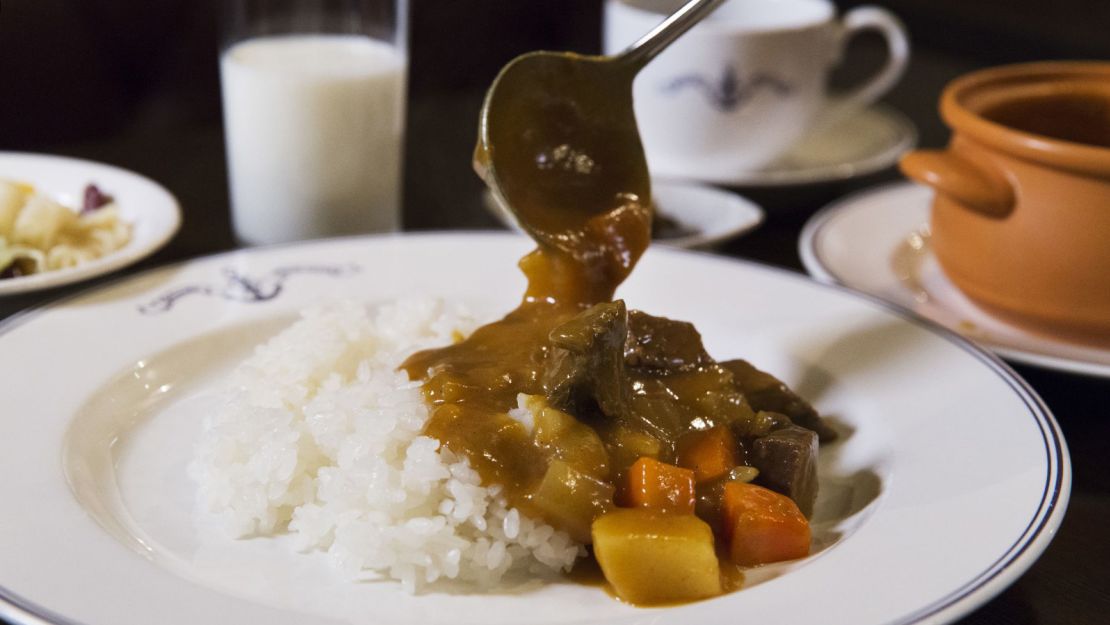
Typically mild and thick, Japanese curry, kare raisu, is eaten across the country and even considered a de facto national dish, alongside ramen.
“In a survey, the Japanese named curry rice as one of their three favorite home-cooked dishes, while Japanese schoolchildren voted it the best meal served in the lunch program,” says Sen.
“It is the Japanese version of comfort food, with no pretensions to class or elegance.”
Curry has a long history in the country, thought to have been introduced by British officers and merchants in the 1800s.
“At the beginning of the Meiji Era (1868-1912) Japanese ports were first opened to foreigners,” explains Sen.
“The Japanese military wanted to encourage meat consumption as a way of building up the strength of Japanese youth, and curry with rice was an ideal way to incorporate vegetables, rice and meat into one inexpensive yet substantial meal.”
Usually cooked with pre-made spice mixes or curry roux, Japan’s thick and mellow variation usually features chunks of stewed beef, onions and carrots over a bed of rice.
Some curry blends, such as the popular Vermont Curry, also incorporate honey and grated apple to add sweetness.
Another common incarnation of curry in Japan is the ever-satisfying katsu karē, a hearty dish of crispy fried pork cutlets (called tonkatsu) and a thick, brown gravy over rice.
“Japanese curry is very interesting to me – it’s the antithesis of Japanese food, which is so elegant and beautifully presented,” adds Sen.
“The curry is just a mess of brown sauce, but the Japanese just love it. It’s the epitome of home cooking.”
The Caribbean
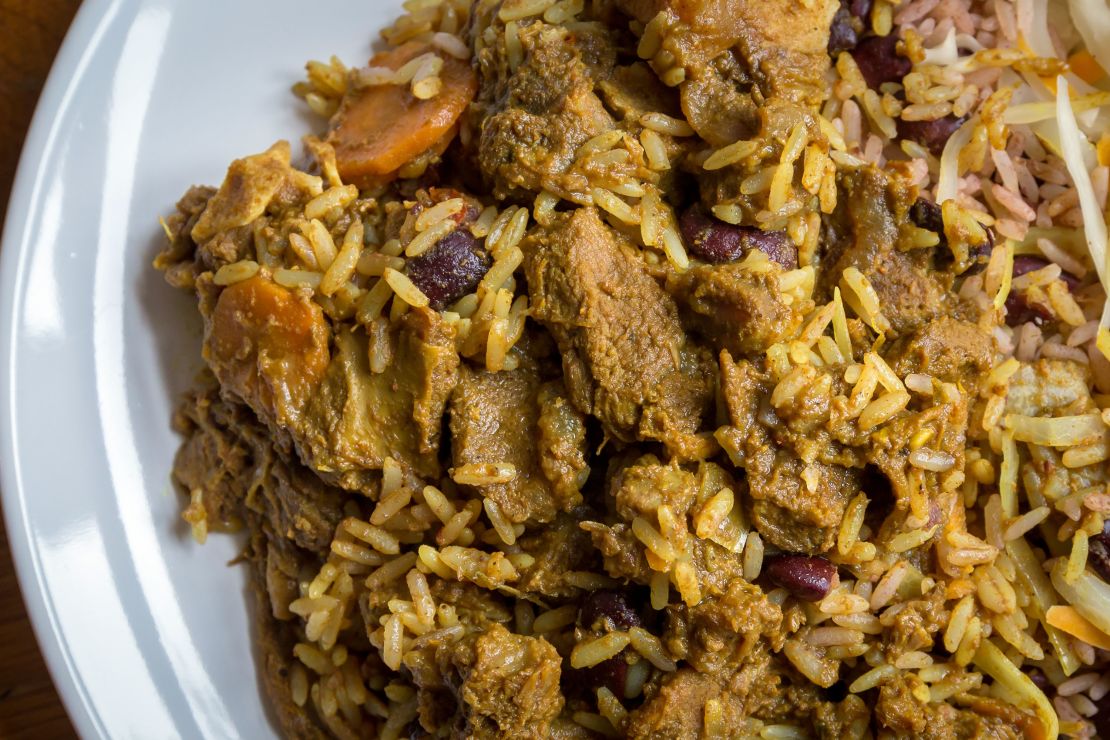
In the Caribbean, curry is particularly prevalent in former British colonies such as Jamaica, Saint Kitts and Nevis, Guyana and Trinidad and Tobago.
The arrival of curry in the region can be traced back to the mid-1800s, after the British Empire abolished slavery in 1833 and freed more than 800,000 African slaves around the world.
Since liberated slaves were no longer willing to work on sugar cane plantations, the British enlisted indentured laborers from the Indian subcontinent – India, Pakistan, Bangladesh, Bhutan, Maldives, Nepal and Sri Lanka – to make up for the labor shortage.
According to Sen’s book, 1.5 million Indians migrated to other parts of the British Empire between 1834 and 1917, including 114,000 to Trinidad and Tobago and 36,000 to Jamaica.
The mass migration resulted in an influx of new cooking techniques, ingredients and dishes, including curry.
In Trinidad and Tobago, curry has “become a symbol of national identity” over the past two centuries.
Curry dishes commonly feature crab, shrimp, duck, chickpeas, potatoes – and lobster for celebrations – as well as cumin-heavy sauces and roti on the side.
“In Trinidad, they use different spices based on what they have,” says Sen. “So you see a lot of cumin, coriander, fenugreek [a herb similar to clover] and turmeric in a typical Trinidadian spice mixture.”
Likewise, in Jamaica, a mix of British and Indian influence gave rise to a localized variety of curry goat – the island’s most popular curry dish.
Prepared on special occasions, curry goat is tender and aromatic, thanks to ingredients like coconut milk, garlic, onion, allspice, thyme, Scotch bonnet chilli peppers, tomatoes and lots of turmeric for a sunny yellow hue.
Thailand

During the fourth century, Indian traders and Buddhist missionaries are thought to have disseminated spices and herbs like tamarind and garlic, shallots, ginger and lemongrass across Southeast Asia.
Later, in the 16th century, the Portuguese introduced chilli peppers – now a staple ingredient in Thai food.
Over time, Thai people incorporated these ingredients into their own dishes, which gave rise to the country’s famously aromatic, spicy curries.
Often made with coconut milk, Thai curry dishes vary across the country. Generally speaking, you’ll see more drier varieties up north and wetter variations in central Thailand and down south, where coconut milk is more common.
Thai curries (or “gaeng” in Thai) come in a stoplight of colors – red, yellow and green – and strive to strike a balance between sweet, sour, salty and spicy.
Setting them apart, Thai curries typically contain fermented shrimp paste, as well as lemongrass and palm sugar.
Of course, Thailand has more than just three types of curries – these are just the basics.
Look for ultra-fiery khua kling dry beef curry from southern Thailand; rich, peanutty massaman curry that’s common near the border with Malaysia; and panang curry, a slightly sweeter, milder variation of red curry, and dozens more.
Sri Lanka
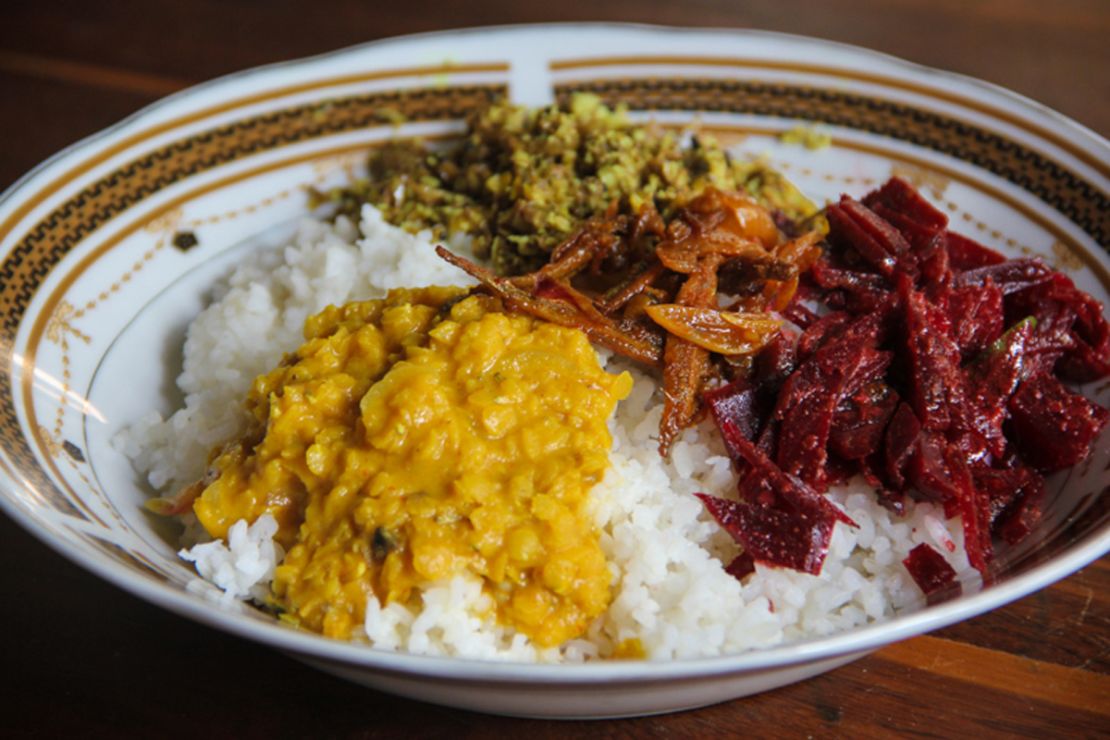
As a major link along ancient spice trade routes and a former British colony, Sri Lanka has a long relationship with curry.
“In the 19th century, the British established tea, cinnamon, rubber, sugar, coffee and indigo plantations on the island and brought in thousands of indentured laborers from Tamil Nadu [in southern India] to work on them,” explains Sen.
In addition, the island is also home to millions of Sinhalese people, an ethnic group who emigrated from northern India thousands of years ago.
Thanks to influences from both the Sinhalese and southern Indian communities, curry comes in a rainbow of colors, from bright yellow to creamy white, bright red and rich brown.
Though flavors vary widely, curries often make use of ingredients like coconut milk, tamarind, Maldivian fish, green chili, mustard seed, coriander and cumin.
Among the many types of curries, look for popular varieties like parippu (dhal curry), polos (green jackfruit curry), rich red kukul mas (chicken curry), white chicken curry (usually made with aromatic lemongrass and pandan leaves) and ambul thiyal (sour fish curry).
To get the lay of the culinary land, sit down for “rice and curry.”
This staple Sri Lankan meal includes rice, at least one curry, and anywhere from four to 12 side dishes of chutney, pickles and sambol (spicy condiments).
A few bites in and you’ll be thankful for the rice – Sri Lankan food can be gut-scorchingly spicy.
Pakistan

Established in 1947 following the end of British colonial rule and the violent partition of India, Pakistan sees strong influences from the Mughals (a Muslim dynasty that ruled India from the early 16th to the mid-18th century) in its cuisine.
This majority Muslim country tends to prepare dishes with beef, chicken or fish as well as lots of spices, such as nutmeg, cumin, turmeric, bay leaves, cardamom and black pepper.
Curry is incredibly popular, with dozens of varieties on offer all over the country, from famous slow-cooked haleem (a stew-like dish of wheat, barley, meat, lentils and spices) to spicy karahi (made with garlic, spices, vinegar, tomatoes and onions with mutton or chicken), bitter gourd curry, saag (a spiced puree of spinach and mustard greens), chickpea curry and daal chawal, a must-try comfort food usually served with rice or roti.
The list doesn’t end there: Don’t miss a warming aloo gosht (meat and potato curry); hearty, rich mutton korma; lobia daal (black-eyed peas curry); and goat paya, a slow-cooked curry starring incredibly tender trotters.
Maldives
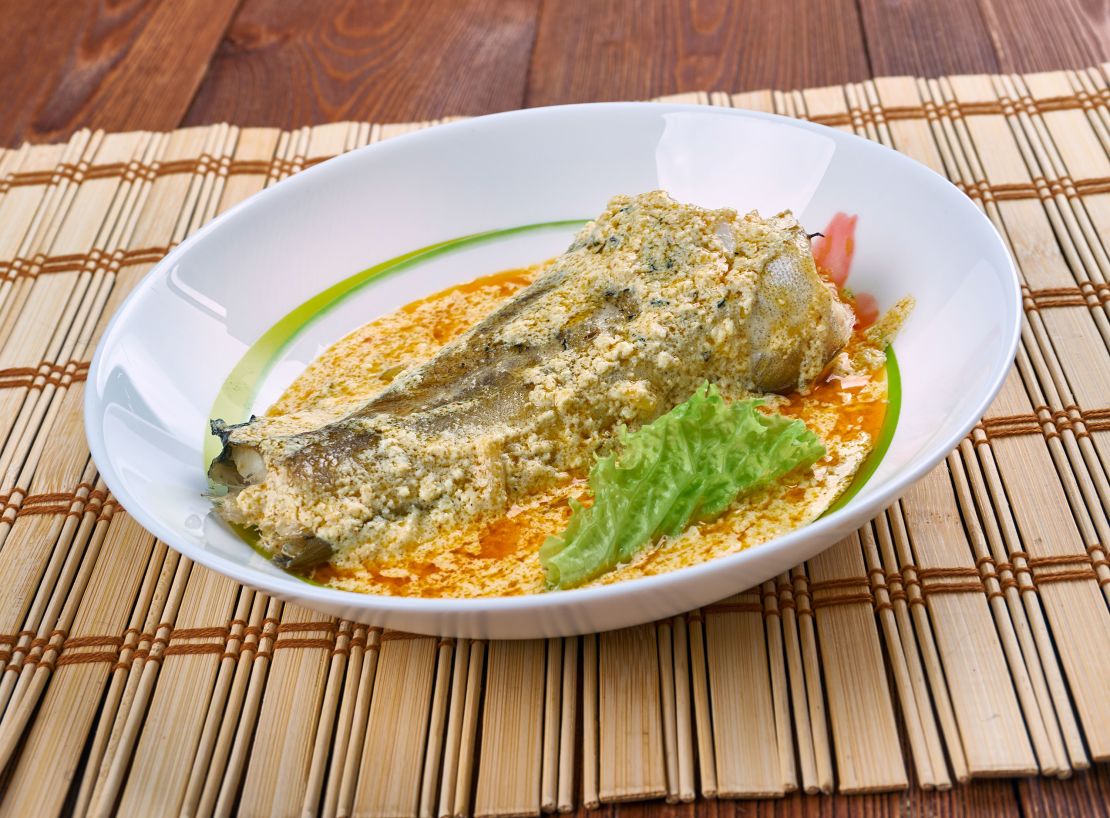
The small island nation of the Maldives has a rich culinary scene that includes lots of curry.
Revolving around a trio of staple ingredients – coconut, fish and various starches – Maldivian food has been highly influenced by centuries of trade with India, Africa and the Middle East.
When it comes to curry, you can expect hot and spicy creations that often feature seafood and tropical fruit.
Typically consumed with rice or roshi flatbread, mas riha (fish curry) is one of the most common types of localized curries.
Creamy and decadent, this delicious dish is typically made with coconut milk, fresh chilies, cinnamon, a mix of spices and chunks of diced tuna.
Sweet and sour anbu riha (mango tuna curry) is another highlight, as is kukulhu riha (chicken curry).
You’ll also find a wide variety of vegetarian curries, from eggplant to pumpkin, potato, cauliflower and green banana.
South Africa

In highly diverse South Africa, curry (or “kerries”) can be traced to colonial times.
After the Dutch East India Company set up a settlement on the cape to facilitate trade between Europe and Southeast Asia in the mid-1600s, they shipped in slaves from Indonesia, Madagascar and India, who collectively formed the Cape Malay ethnic community.
Fusing their own traditions with readily available spices, Cape Malay cooks developed several styles of sweet and savory curries, from tomato-infused chicken curry to slow-cooked lamb curry.
Later, the British took over the cape and relocated hundreds of thousands of indentured workers from southern India to work on plantations.
Their influential cooking style gave rise to much-loved Durban curry – a fiery, oily and robust red curry that’s often made with lamb, chicken, fish and crab.
A few decades later, a wave of businessmen from India’s western Gujarat state moved to South Africa, where many set up spice shops and restaurants.
These entrepreneurs are credited for the famous “bunny cho” – essentially a bread bowl filled with curry and topped with Indian pickles.
“One explanation of its name is that in Durban, Indian merchants were often called ‘banias,’ the name of a caste of traders,” explains Sen.
These traders opened small restaurants which, because of apartheid, black people couldn’t enter – but they could illegally be served at the back door. “The dish was named bunny chow, from ‘bania chow,’” explains Sen.
Malaysia
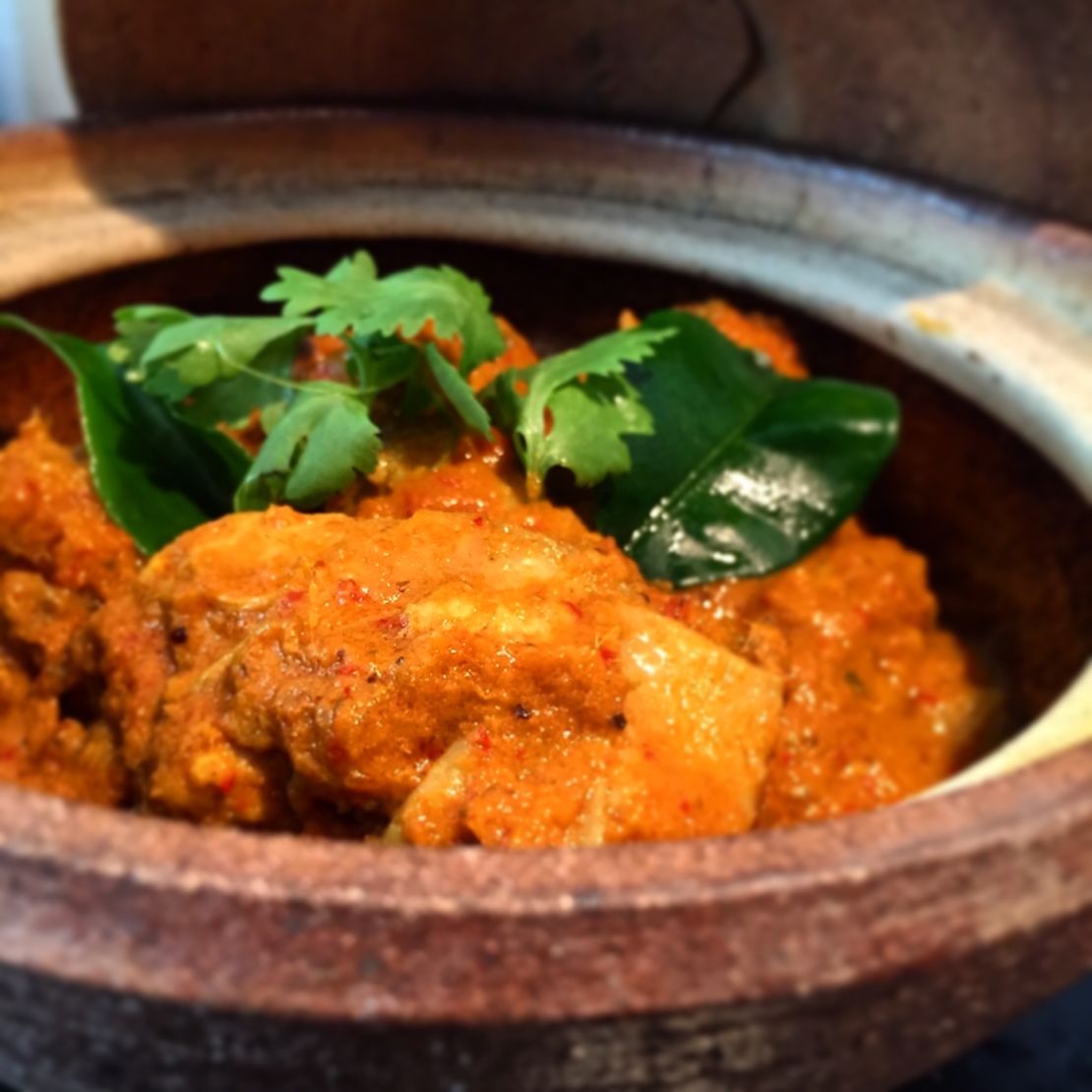
Due to its position along the Strait of Malacca, an important maritime trade route between east and west, Malaysia’s culinary traditions have been influenced by centuries of cultural exchange.
From the late 1700s, Britain had a presence in several parts of present-day Malaysia and Singapore.
As with its many other trading ports and colonies, the British hired laborers from India to work on rubber and palm plantations.
With the immigrants came curry. Tangy fish head curry, Tamil-influenced chicken varuval, warming dalcha lentil curry … Malaysia’s curries are as delicious as they are diverse.
Nyonya cuisine – dishes created by the Straits-Chinese community – also plays an important role in Malaysia’s culinary melting pot.
One of the best known Nyonya curries is kari ayam (bone-in chicken curry) which features a mix of Chinese techniques and Malaysian ingredients, including shrimp paste, coconut milk, star anise, cinnamon, fish sauce, kaffir lime, turmeric, ginger and more.
Sen also points to curry chicken kapitan, which sees pieces of chicken sauteed in curry paste then simmered in coconut milk, tangy tamarind water and aromatic cinnamon.
Another popular dish that’s enjoyed across Malaysia and Indonesia, particularly during holidays and festivals, is rendang.
Well known around the world, this relatively dry curry dish is made with beef or chicken braised in a sauce of coconut milk, lemongrass, ginger, and cinnamon for an ultra-tender texture.
Indonesia

Like Malaysia, Indonesia sees notable influences from Indian, Chinese and Middle Eastern food traditions thanks to centuries of international trade and colonization.
The sheer variety of curries across the nation’s 17,000-some islands is astounding, with dishes evolving based on whatever local meats and vegetables are available.
Depending on which region you’re exploring, look for dishes like gulai kambing (a rich, spicy coconut milk-based lamb curry), kari ayam (chicken curry), and world-famous rendang.
To try a few curries in one go, a nasi padang experience is your best bet.
At this buffet-like meal, you can choose a sampling of spicy sambals and curries – like gulai otak (brain curry), gulai kepala ikan (fish head curry) in a creamy coconut sauce, and gulai cubadak (unripe jackfruit curry).
South Korea
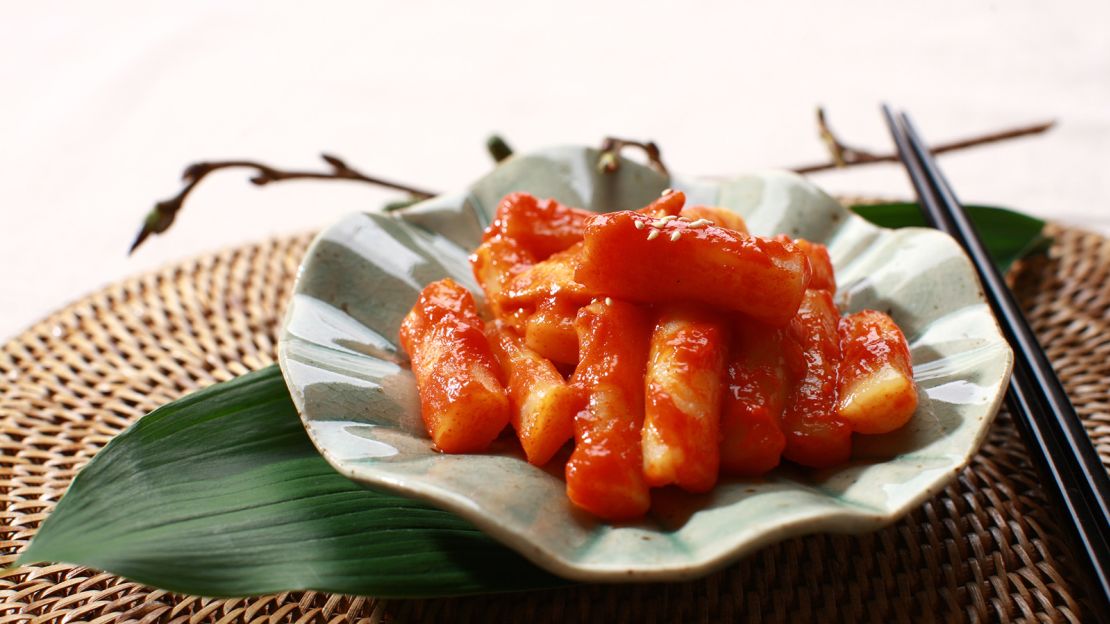
In South Korea, curry is said to have begun making an appearance in the cuisine after World War II.
Before and during the war, Japan controlled Korea and roughly 2.4 million Korean people lived in Japan.
“Many had migrated during the 1920s; some were taken as forced labor before and during World War II,” explains Sen. “After Japan’s surrender, most were repatriated to Korea – only about 600,000 remained.”
While in Japan, Koreans became familiar with many local foods, including curry, and later tried to recreate the recipes at home.
Curry proliferated after a company called Ottogi produced ready-to-make curry powders and instant curries in the 1960s.
Since then, Sen says curry rice (a stew of beef, carrots, potatoes and onions over rice) and curry tteokbokki – a stew-like gravy with tteok (rice cakes), fish cakes, vegetables and eggs – have become two of the most popular home-cooked meals.
The UK
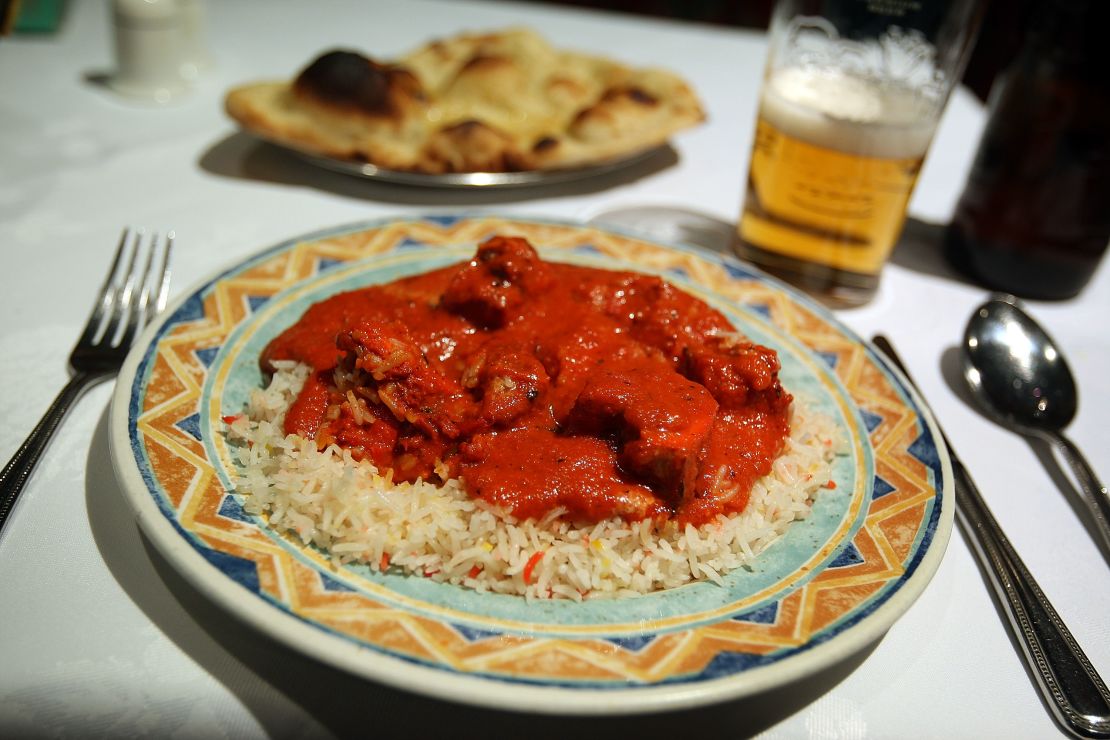
Owing to its long relationship with India, the UK has been putting its own spin on curry since the 18th century .
Curry-like dishes and other Indian fare began appearing on coffee house menus after members of the British colonial administration who lived in India returned home and craved a taste of their life abroad.
Around the same time, inventive merchants bottled up pre-mixed curry powders and exported them across the empire.
In 1810, the first dedicated curry house, Hindoostane Coffee House, opened its doors in Marylebone, London, and though it did not succeed, curry houses became increasingly common.
Curry further cemented itself as part of British food traditions after the arrival of tens of thousands of Indian immigrants in the early 20th century and, later, an influx of Bangladeshi immigrants in the 1970s – many of whom set up restaurants.
“Curry is hugely popular in the UK,” says Sen. “The Brits really love it – they invented tikka masala there, because India has been a part of the British psyche for so long.”
Today, curry remains an unofficial national dish – it’s so popular, the country celebrates National Curry Week every October.
Whether you’re at a casual curry house after a night out or an upscale Indian restaurant, choose from anglo-Indian variations of spicy vindaloos, mild and creamy chicken tikka masala, tomato-packed Madras curries, rogan josh, red-hot chicken jalfrezi and creamy korma.














